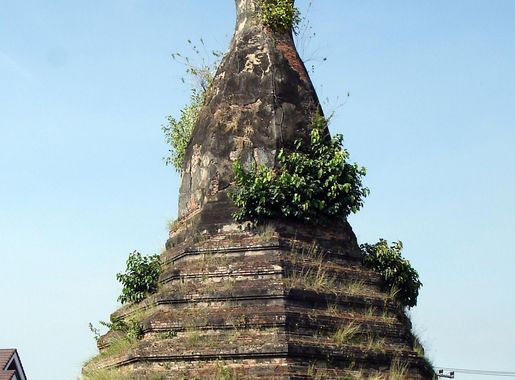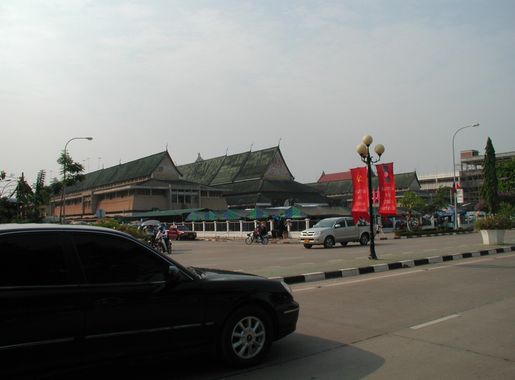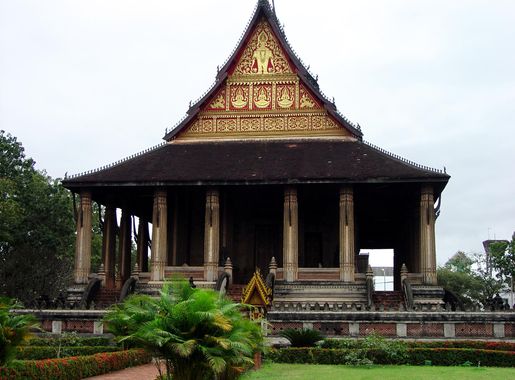
Discover the Charms of Chanthabouly: Vientiane's Cultural Heartbeat
Explore Chanthabouly in Vientiane: A blend of history, culture, and vibrant local life in Laos' captivating capital city.
Chanthabouly, nestled in the heart of Vientiane, is a captivating blend of old-world charm and modern vibrancy. As the cultural and historical core of Laos' capital, this neighbourhood offers visitors a unique glimpse into the rich tapestry of Laotian heritage. Strolling through its streets, you'll encounter a mosaic of French colonial architecture, traditional temples, and bustling markets, each narrating stories of a bygone era and the present day. The neighbourhood is home to some of Vientiane's most iconic landmarks. Wat Si Saket, the oldest temple in the city, stands as a testament to the region's spiritual heritage, with its thousands of Buddha statues and serene cloisters. Nearby, the Patuxai Victory Monument, often referred to as Laos' Arc de Triomphe, offers panoramic views of the city from its summit, providing a perfect photo opportunity. Beyond the historical sites, Chanthabouly is a hub for local artisans and craftsmen. The morning market, Talat Sao, is a must-visit for those looking to purchase traditional handicrafts, textiles, and souvenirs. The neighbourhood's culinary scene is equally enticing, with an array of street food stalls and restaurants serving up delicious Laotian dishes such as Laap, Khao Piak Sen, and fresh tropical fruits. Chanthabouly is not just about sights and sounds—it is also about experiences. Engage with friendly locals, who are always eager to share their culture and traditions. Participate in a traditional Baci ceremony, or simply relax by the Mekong River at sunset, watching as the city transitions from day to night. A visit to Chanthabouly is a journey through time and culture, making it an essential stop for any traveler exploring Vientiane.
Local tips in Chanthabouly
- Visit Wat Si Saket early in the morning to avoid crowds and experience the temple's tranquil atmosphere.
- Climb the Patuxai Victory Monument just before sunset for stunning views and great photo opportunities.
- Explore Talat Sao market for unique souvenirs and sample local street food delicacies.
- Engage with locals; many speak basic English and are happy to share stories about their culture.
- Carry some local currency (Kip) as many small vendors may not accept credit cards.
Discover the Charms of Chanthabouly: Vientiane's Cultural Heartbeat
Chanthabouly, nestled in the heart of Vientiane, is a captivating blend of old-world charm and modern vibrancy. As the cultural and historical core of Laos' capital, this neighbourhood offers visitors a unique glimpse into the rich tapestry of Laotian heritage. Strolling through its streets, you'll encounter a mosaic of French colonial architecture, traditional temples, and bustling markets, each narrating stories of a bygone era and the present day. The neighbourhood is home to some of Vientiane's most iconic landmarks. Wat Si Saket, the oldest temple in the city, stands as a testament to the region's spiritual heritage, with its thousands of Buddha statues and serene cloisters. Nearby, the Patuxai Victory Monument, often referred to as Laos' Arc de Triomphe, offers panoramic views of the city from its summit, providing a perfect photo opportunity. Beyond the historical sites, Chanthabouly is a hub for local artisans and craftsmen. The morning market, Talat Sao, is a must-visit for those looking to purchase traditional handicrafts, textiles, and souvenirs. The neighbourhood's culinary scene is equally enticing, with an array of street food stalls and restaurants serving up delicious Laotian dishes such as Laap, Khao Piak Sen, and fresh tropical fruits. Chanthabouly is not just about sights and sounds—it is also about experiences. Engage with friendly locals, who are always eager to share their culture and traditions. Participate in a traditional Baci ceremony, or simply relax by the Mekong River at sunset, watching as the city transitions from day to night. A visit to Chanthabouly is a journey through time and culture, making it an essential stop for any traveler exploring Vientiane.
Iconic landmarks you can’t miss
Patuxay - Victory Monument
Explore Patuxay, the iconic Victory Monument in Vientiane, a symbol of Laotian independence surrounded by lush gardens and stunning views.
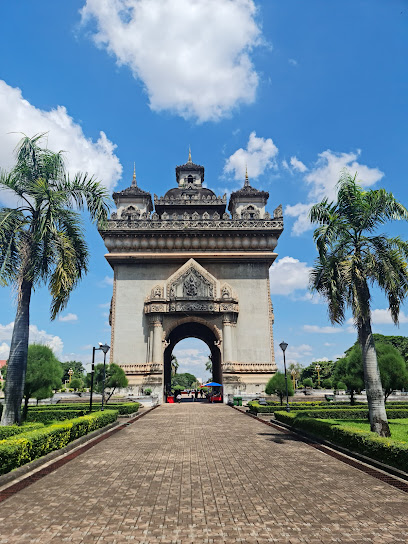
Chao Anouvong Park
Discover tranquility at Chao Anouvong Park, a picturesque urban oasis along the Mekong River in Vientiane, perfect for relaxation and local culture.

Ho Phrakeo Museum
Discover the rich cultural tapestry of Laos at Ho Phrakeo Museum, where history and spirituality intertwine in a serene setting.
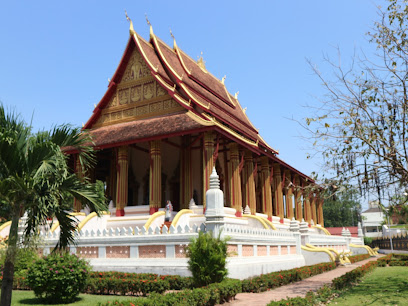
Lao Textile Museum
Explore the art and heritage of Laos at the Lao Textile Museum, where exquisite textiles come alive through immersive exhibits and live demonstrations.
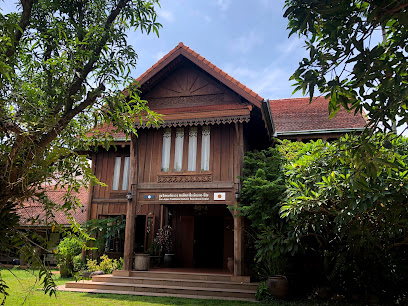
Wat Mixai
Discover the tranquil beauty and rich cultural heritage of Wat Mixai, a stunning Buddhist temple in the heart of Vientiane, Laos.
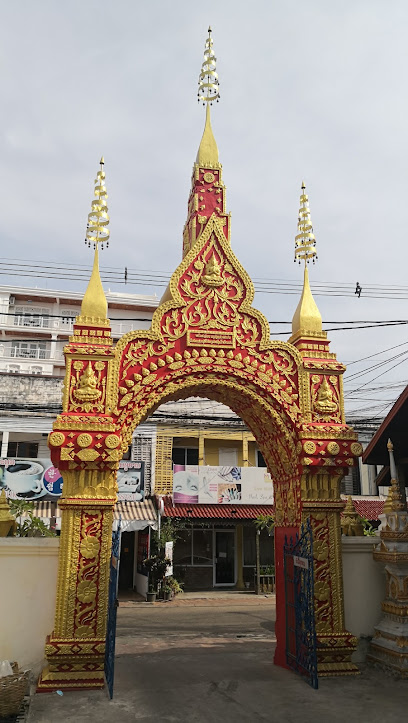
Lao People’s Army History Museum
Uncover the intriguing military history of Laos at the Lao People's Army History Museum, a captivating stop for history enthusiasts visiting Vientiane.
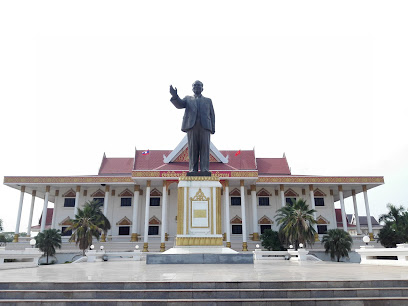
King Anouvong Statue
Discover the iconic King Anouvong Statue in Vientiane, a tribute to Lao history and culture, set against the backdrop of the Mekong River.
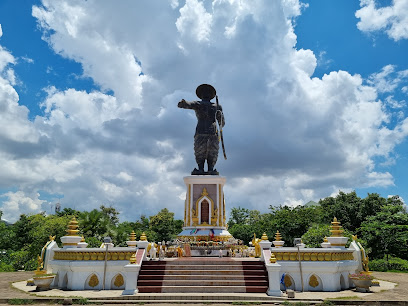
Fountain
Experience the beauty and cultural significance of the Fountain in Vientiane, a captivating landmark perfect for relaxation and exploration.
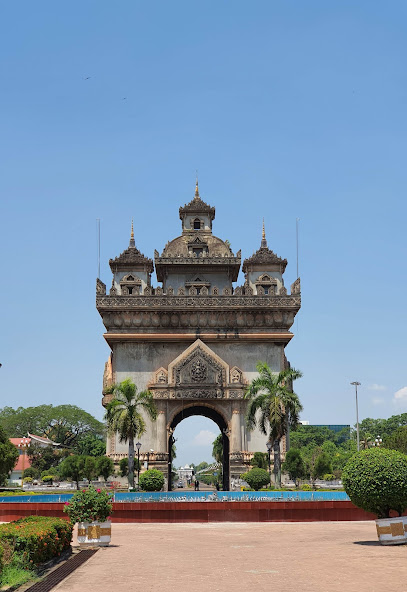
Revolution Memorial Tower
Discover the Revolution Memorial Tower, a stunning tribute to Laotian independence, blending rich history with serene beauty in Vientiane.
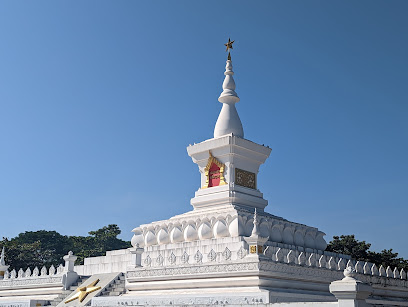
ຫໍຫຼັກເມືອງ
Explore the rich historical landmarks and vibrant culture of Vientiane, Laos, where ancient traditions meet modern charm in a captivating capital city.

Unmissable attractions to see
Chao Anouvong Park
Discover the serene beauty and cultural significance of Chao Anouvong Park, a lush oasis along the Mekong River in Vientiane, Laos.
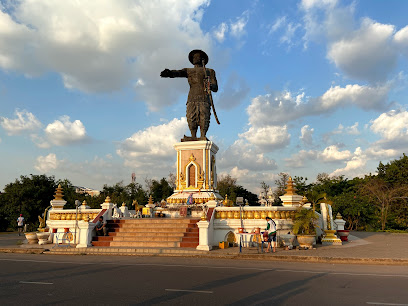
Wat Si Muang
Discover the serene beauty and cultural richness of Wat Si Muang, a must-visit Buddhist temple in the heart of Vientiane, Laos.
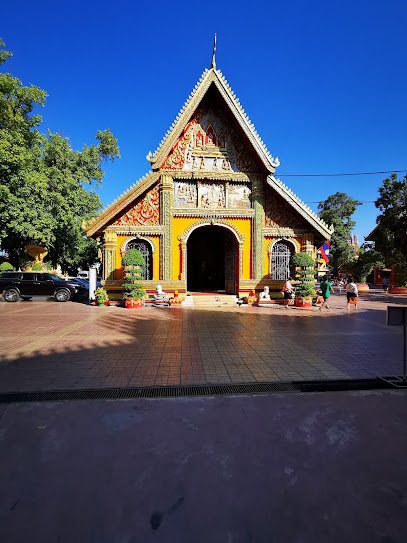
Wat Sisaket
Discover the tranquility and artistic beauty of Wat Sisaket, Vientiane's oldest temple, home to thousands of Buddha images and lush gardens.
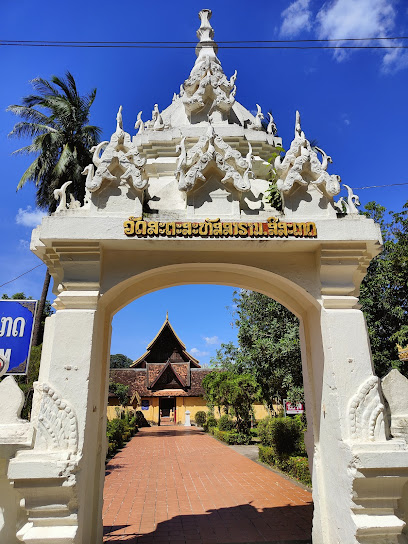
Ho Phrakeo Museum
Explore the rich cultural heritage and exquisite Buddhist artifacts at Ho Phrakeo Museum in Vientiane, a must-see attraction for every traveler.
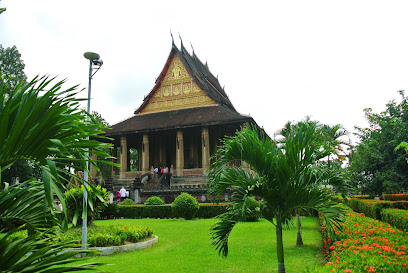
That Dam Stupa
Explore the serene beauty and cultural significance of That Dam Stupa, a sacred Buddhist monument in Vientiane, Laos.
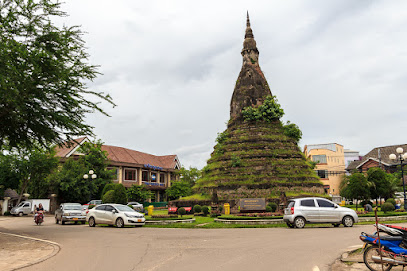
Lao Textile Museum
Explore the rich heritage of Lao textiles at the Lao Textile Museum, a captivating cultural experience in the heart of Vientiane.
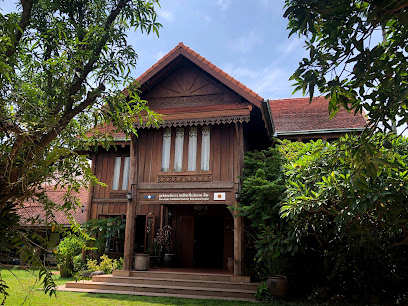
King Anouvong Statue
Explore the King Anouvong Statue in Vientiane, a breathtaking tribute to Laotian history with stunning views of the Mekong River.

Essential places to dine
Khop Chai Deu
Discover authentic Laotian flavors at Khop Chai Deu in Vientiane – where tradition meets modern dining in an inviting atmosphere.
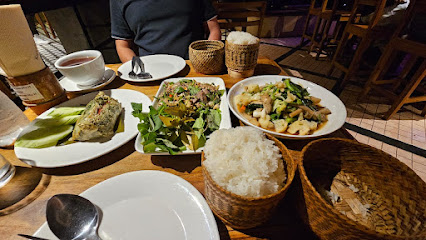
Le Vendome Restaurant
Experience exquisite French cuisine at Le Vendome Restaurant in Vientiane, where culinary artistry meets warm hospitality.
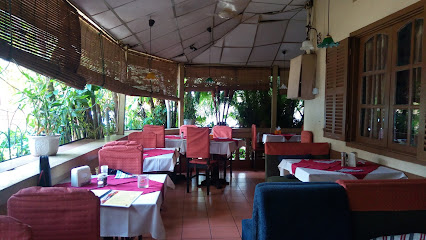
Kualao Restaurant
Indulge in authentic Laotian cuisine at Kualao Restaurant in Vientiane - where tradition meets fine dining.
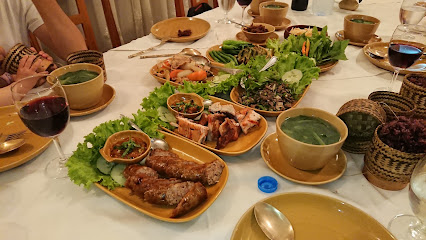
Pimenton Restaurant Vientiane
Experience exquisite tapas at Pimenton Restaurant in Vientiane – where culinary tradition meets vibrant local culture.
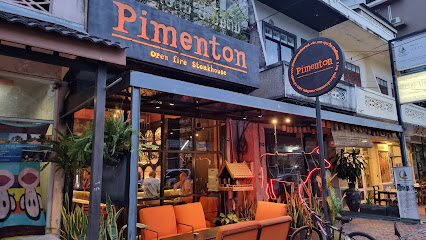
Tango Pub Bar Restaurant
Savor exquisite French cuisine in Vientiane at Tango Pub Bar Restaurant, where culinary excellence meets warm hospitality.
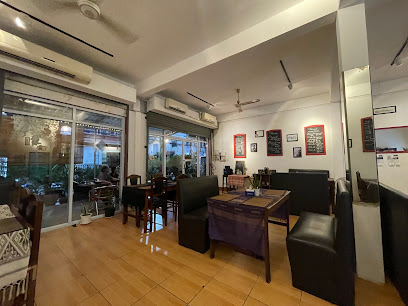
Kitchen Vibe Bistro Restaurant
Experience exquisite French dining at Kitchen Vibe Bistro Restaurant in Vientiane - where culinary excellence meets warm hospitality.
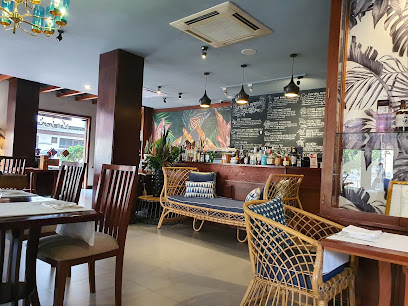
Lao Luna D'Oro Italian Restaurant
Discover the essence of Italy at Lao Luna D'Oro - where authentic flavors meet charming ambiance in Vientiane.
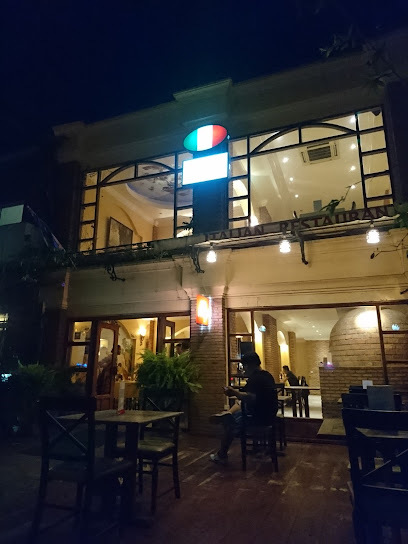
La Gondola Italian Restaurant
Experience authentic Italian cuisine at La Gondola in Vientiane – where every dish tells a story of flavor and tradition.
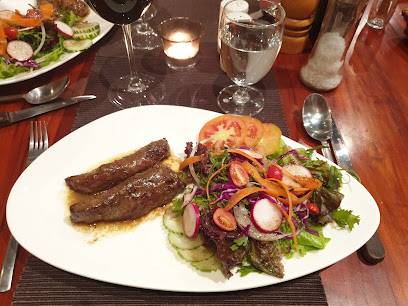
Labieng Restaurant
Discover authentic Laotian flavors at Labieng Restaurant in Vientiane - where every dish tells a story!
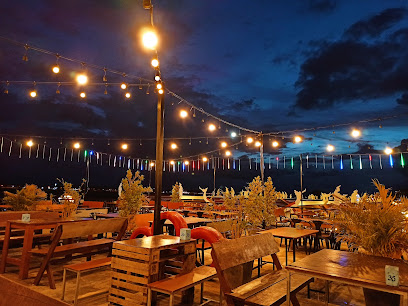
Sexy Wood
Discover the vibrant culinary scene at Sexy Wood, where traditional Lao flavors meet international fusion in Vientiane's heart.
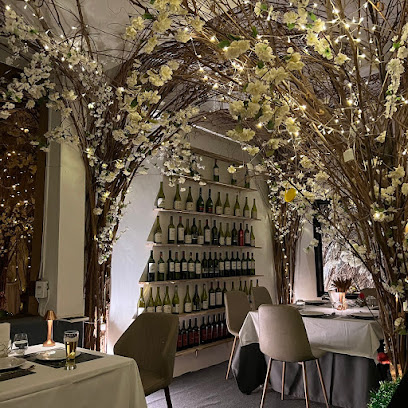
Markets, malls and hidden boutiques
HERWORKS Vientiane Flagship Store
Explore HERWORKS Vientiane Flagship Store for unique souvenirs, handcrafted items, and stylish apparel reflecting the rich culture of Laos.
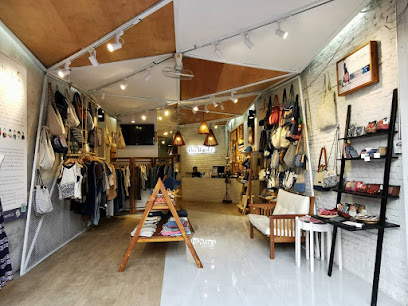
Tai Baan Crafts ໄຕບ້ານຫັດຖະກຳຜ້າແພ
Explore the vibrant world of Laotian handicrafts at Tai Baan Crafts, where culture and creativity come to life.
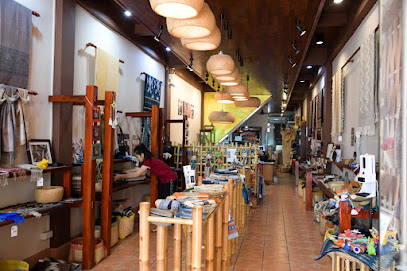
T'Shop Lai Gallery
Explore T'Shop Lai Gallery for unique Laotian crafts and home goods that celebrate local artistry and culture.
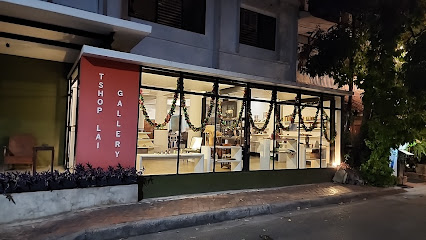
FunBox ບລັອກໆ LAO Vientiane consignment shop Souvenir
Explore FunBox in Vientiane for unique souvenirs and local crafts that embody the spirit of Laos and its vibrant culture.
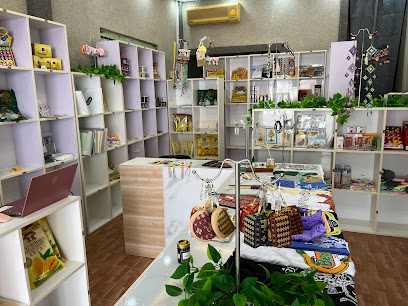
Trendy Toys Shop
Explore a vibrant selection of toys at Trendy Toys Shop, a must-visit destination for families and collectors in Vientiane.
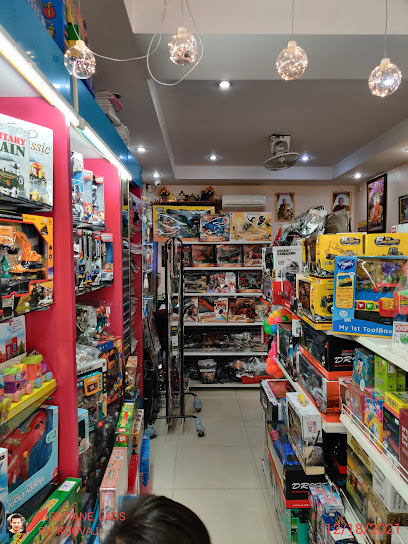
Golden Age Handicrafts
Discover unique handmade clothing and accessories at Golden Age Handicrafts in Vientiane, a perfect spot for cultural souvenirs.
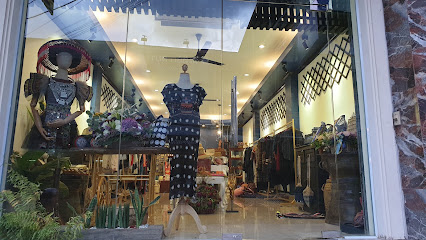
Kheuamai Handicraft
Explore Kheuamai Handicraft in Vientiane for unique clothing and authentic Laotian handicrafts that showcase the rich cultural heritage of Laos.
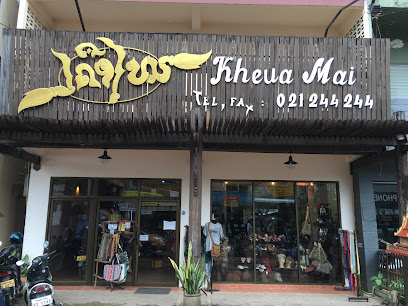
Laos
Explore the enchanting landscapes, rich culture, and exquisite cuisine of Laos, a hidden gem in Southeast Asia waiting to be discovered.

Cotton & Co.
Explore a treasure trove of Laotian crafts and unique souvenirs at Cotton & Co. in Vientiane, the perfect spot for memorable gifts and keepsakes.

Anousone bag showroom
Discover the artistry of Laos at Anousone Bag Showroom, where handmade bags reflect the rich cultural heritage of Vientiane.
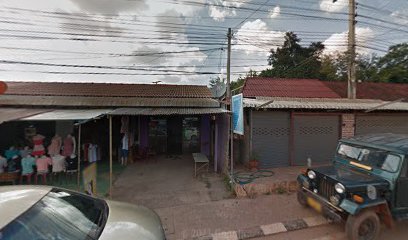
Essential bars & hidden hideouts
Chokdee Café Belgian Beer Bar
Discover the Taste of Belgium at Chokdee Café Belgian Beer Bar in Vientiane – A Perfect Blend of Cuisine and Culture in a Scenic Setting.
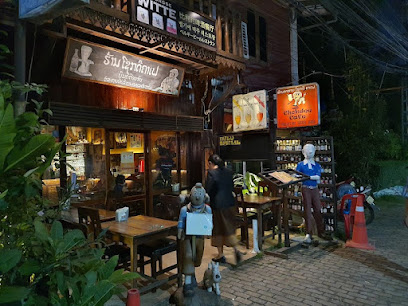
Marktwo
Experience the vibrant nightlife at Marktwo, Vientiane's top bar, offering a wide selection of drinks and a welcoming atmosphere for all.
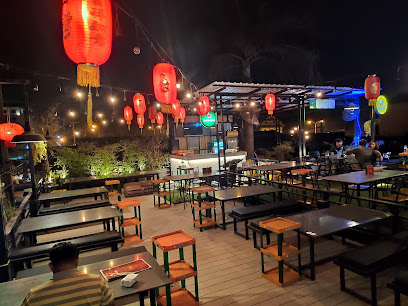
CCC Bar & Club Vientiane
Experience the vibrant nightlife of Vientiane at CCC Bar & Club, where great drinks, music, and dancing come together for an unforgettable evening.
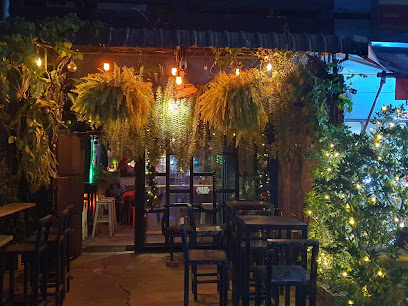
Tipsy Elephant Vientiane Rooftop Lounge
Discover the vibrant nightlife and stunning city views at Tipsy Elephant Vientiane Rooftop Lounge, your perfect evening escape in Laos.
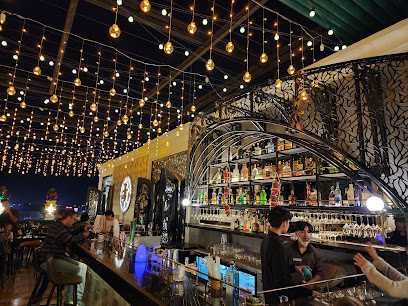
Samlo
Discover the vibrant nightlife of Vientiane at Samlo Pub, where fun meets flavor in a lively atmosphere.
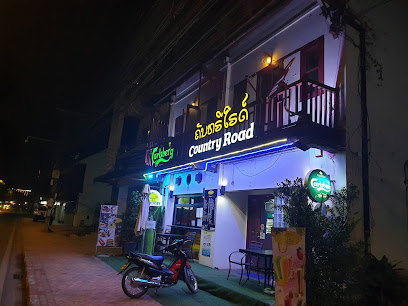
Ohlala bar
Discover the vibrant atmosphere and creative cocktails of Ohlala Bar, a must-visit cocktail haven in Vientiane, Laos, offering stunning Mekong River views.
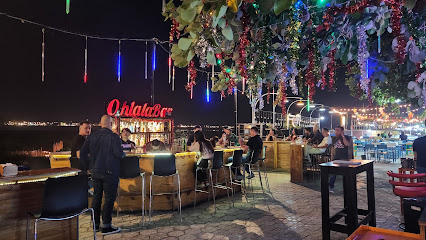
Cocoon Bar Vientiane
Discover the lively Cocoon Bar in Vientiane, a cocktail paradise offering innovative drinks and a vibrant ambiance perfect for nightlife enthusiasts.
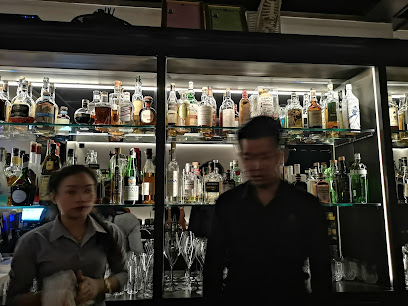
Balance Beer
Experience the lively ambiance and diverse beer selection at Balance Beer, a must-visit bar in the heart of Vientiane, Laos.
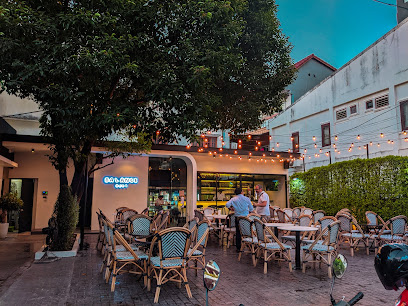
Artisan Vientiane
Explore the vibrant nightlife at Artisan Vientiane, a unique bar offering local drinks, eclectic ambiance, and a perfect spot to socialize.
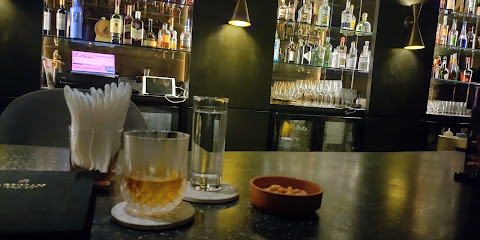
Vegas Music Bar ຮ້ານອາຫານ ເວກັສ
Experience the vibrant nightlife at Vegas Music Bar in Chanthabouly, where live music meets delicious cuisine for an unforgettable evening.
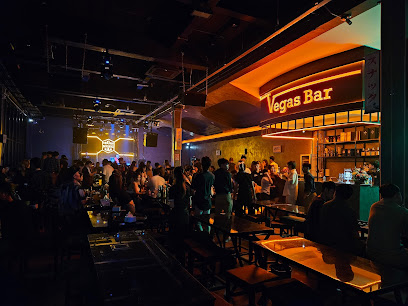
Local Phrases
-
- Helloສະບາຍດີ
[sa-bai-dee] - Goodbyeບໍ່ຈັກຍັງ
[boh jak nyang] - Yesໂດຍ
[dai] - Noບໍ່
[boh] - Please/You're welcomeກະລຸນາ
[ka-loun-na] - Thank youຂອບໃຈທ່ານ
[khop chai thanh] - Excuse me/Sorryກະລຸນາຕ້ອງໄປ
[ka-loun-na tong pai] - How are you?ເຈົ້າເດີນຕໍ່າການ້ຳ?
[jao den thoa kan ma?] - Fine. And you?ດີບໍ່ມາ. ທ່ານເດີນໄຫມ?
[di boh ma. thanh den mai?] - Do you speak English?ເຈົ້າເວ້າພາສາອັງກິດບໍ?
[jao wa pasa ang-kid boh?] - I don't understandຂໍອະໄມກັນ
[koy mai kan]
- Helloສະບາຍດີ
-
- I'd like to see the menu, pleaseຂໍອະໄມກັນເບິ່ງໃສ່ສະບາຍດີ
[koy mai kan bung sai sa-bai-dee] - I don't eat meatຂໍອະມາບໍ່ກິນຊີ
[koy ma boh kin see] - Cheers!ຂໍອະໂຖວັດດີ
[koy to-wad di] - I would like to pay, pleaseຂໍອະເອີຍກິນຊີ
[koy au-yai kin see]
- I'd like to see the menu, pleaseຂໍອະໄມກັນເບິ່ງໃສ່ສະບາຍດີ
-
- Help!ຊ່ວຍເຫຼີ
[sue lue] - Go away!ເລີຍໄດ້
[lue dai] - Call the Police!ໂທຣີພະຍາ
[tho-ri pa-nya] - Call a doctor!ໂທຣີພະຍາທໍວ
[tho-ri pa-nya tho-wa] - I'm lostຂໍອະມາການແລ່ວ
[koy ma kan lew] - I'm illຂໍອະມາເຊື້ອ
[koy ma seu]
- Help!ຊ່ວຍເຫຼີ
-
- I'd like to buy...ຂໍອະເອີຍຊື່...
[koy au-yai sue...] - I'm just lookingຂໍອະມາເບິ່ງໄນ
[koy ma bung nai] - How much is it?ເທົ້າແລ້ວ?
[tao lew?] - That's too expensiveມານແລ້ວມີຄວາມຫຼາຍ
[man lew mi kwa lai] - Can you lower the price?ທ່ານຈະອັບຄ່າແລ້ວໄດ້ແຜ?
[thanh ja ab ka lew dai wae?]
- I'd like to buy...ຂໍອະເອີຍຊື່...
-
- What time is it?ເວລາແລ້ວແຕ່?
[we-la lew tae?] - It's one o'clockເວລາແລ້ວເທື່ອ
[we-la lew tua] - Half past (10)ເວລາແລ້ວສິບ
[we-la lew see] - Morningກາງຈັນ
[gang jak nyang] - Afternoonສັງຈັນ
[sang jak nyang] - Eveningເນື່ອຈັນ
[neu jak nyang] - Yesterdayເວັນວັນທີ່
[wen wan thi] - Todayມື້ນີ້
[mu ni] - Tomorrowມື້ອື່ນ
[mu un] - 1ໜ້າ
[na] - 2ສອງ
[song] - 3ສາມ
[sam] - 4ສີ່
[see] - 5ຫ້າ
[ha] - 6ຫົກ
[hok] - 7ໂມງ
[mong] - 8ແປງ
[paeng] - 9ເກົ້າ
[kao] - 10ສິບ
[sip]
- What time is it?ເວລາແລ້ວແຕ່?
-
- Where's a/the...?ຢ່າໃຫ້...
[ya hai...] - What's the address?ທີ່ຢູ່ຢູ່ເມືອ?
[thi wi wi mue] - Can you show me (on the map)?ທ່ານສະແດງປະເທດຂໍ?
[thanh sa-dang pa-tet ko?] - When's the next (bus)?ມື້ນ້ຳລ້ຽນຄັດ?
[mu nai luan kad?] - A ticket (to ....)ເງິນຂອງຄັດ...
[ngern kong kad...]
- Where's a/the...?ຢ່າໃຫ້...
History of Chanthabouly
-
Chanthabouly's history dates back to the early 19th century when Vientiane was established as a significant regional center. The area was originally part of a larger settlement, known for its strategic location along the Mekong River, which facilitated trade and cultural exchange with neighboring regions including Thailand and Vietnam.
-
The French colonial period, beginning in the late 19th century, had a profound impact on Chanthabouly. The French introduced new architectural styles, building colonial villas and public institutions that still characterize the neighborhood today. This era also saw the establishment of modern infrastructure, such as roads and railways, which further integrated Chanthabouly into the broader socio-economic landscape of Vientiane.
-
Chanthabouly is home to several significant Buddhist temples, with Wat Chan being one of the most prominent. Established in the 16th century, this temple serves as a cultural hub for local residents and reflects the spiritual heritage of the area. The festivals and rituals conducted here are integral to the community's identity and attract visitors seeking to understand Laotian culture.
-
In recent decades, Chanthabouly has experienced rapid development, with new residential and commercial projects transforming the neighborhood. However, local authorities have made efforts to preserve the historical architecture and cultural sites, balancing modernization with the need to maintain Chanthabouly's unique character. This preservation is crucial as Vientiane continues to grow as a tourist destination.
-
The neighborhood of Chanthabouly is known for its vibrant community life, hosting various cultural events, markets, and festivals throughout the year. These gatherings not only showcase traditional Laotian music, dance, and cuisine but also strengthen community ties and promote cultural heritage among residents and visitors alike.
Chanthabouly Essentials
-
Chanthabouly is centrally located in Vientiane, making it accessible from various neighborhoods. From the Wattay International Airport, you can take a taxi or a tuk-tuk to Chanthabouly, which typically takes around 15-20 minutes. If you are coming from the city center, local buses or tuk-tuks are available, with the journey lasting approximately 10-15 minutes depending on traffic.
-
Chanthabouly is best explored on foot, as many attractions are within walking distance. For longer distances, tuk-tuks are widely available and provide an affordable and convenient means of transport. Alternatively, you can rent bicycles from local shops to enjoy the neighborhood at your own pace. Public buses are also an option, but routes may be limited.
-
Chanthabouly is generally a safe neighborhood for tourists. However, standard precautions should be taken. It's advisable to avoid poorly lit areas at night and to keep valuables secure, especially in crowded markets. While there are no specific high-crime areas targeting tourists, it's wise to stay vigilant, particularly around the Mekong River during nighttime.
-
In case of emergency, dial 119 for police assistance and 162 for ambulance services. The local hospitals and clinics in Vientiane can provide medical care, and it is advisable to have travel insurance that covers health emergencies. For minor issues, local pharmacies are available throughout Chanthabouly.
-
Fashion: Do dress modestly, especially when visiting temples. Avoid wearing revealing clothing. Religion: Do respect local customs. When visiting temples, be sure to remove your shoes and dress appropriately. Public Transport: Do be courteous to fellow passengers and offer your seat to the elderly. Don't eat or drink on public transport. Greetings: Do greet locals with a smile and a slight nod. Shaking hands is also common, but be mindful of personal space. Eating & Drinking: Do try local street food, but ensure it is freshly prepared. Don't refuse food offerings from locals, as it can be seen as rude.
-
To experience Chanthabouly like a local, visit the daily morning market, Talat Sao, for fresh produce and local delicacies. Engage with vendors to learn about local ingredients and cooking methods. Try to participate in local festivals if your visit coincides with them, as these provide a glimpse into Laotian culture. Lastly, take a leisurely walk along the Mekong River during sunset for a picturesque view and a chance to mingle with locals.
Nearby Cities to Chanthabouly
-
Things To Do in Udon Thani
-
Things To Do in Vang Vieng
-
Things To Do in Loei
-
Things To Do in Phonsavan
-
Things To Do in Xieng Khouang
-
Things To Do in Nan
-
Things To Do in Luang Prabang
-
Things To Do in Thakhek
-
Things To Do in Savannakhet
-
Things To Do in Sukhothai
-
Things To Do in Nakhon Ratchasima
-
Things To Do in Chiang Rai
-
Things To Do in Muang Sing
-
Things To Do in Ubon Ratchathani
-
Things To Do in Chiang Mai




